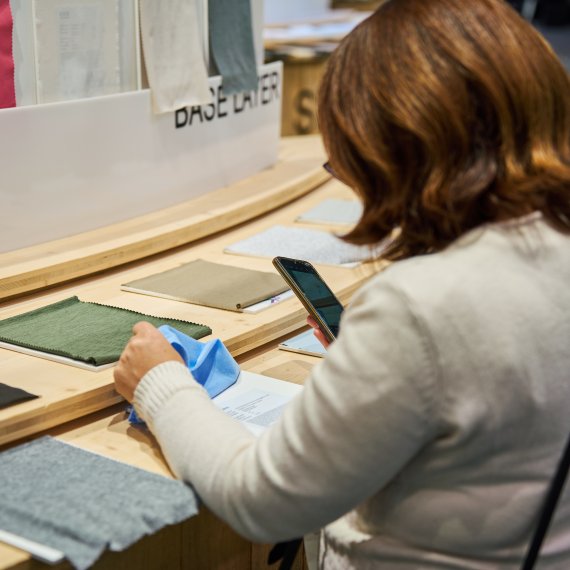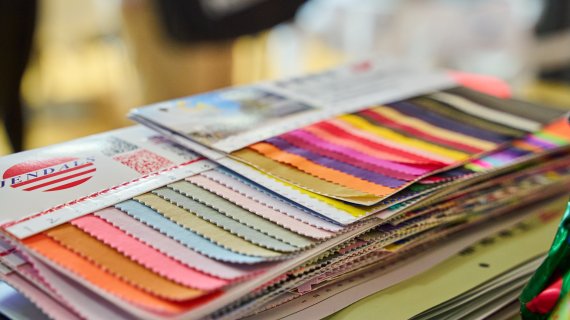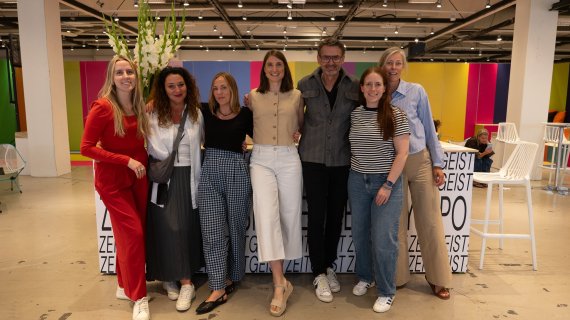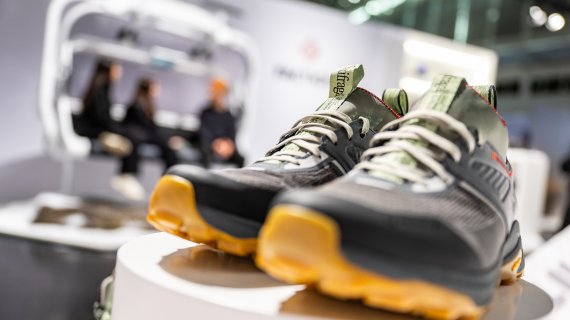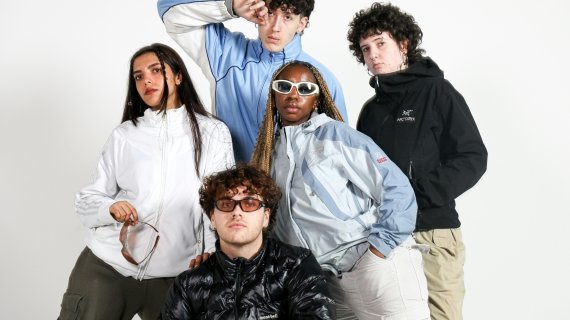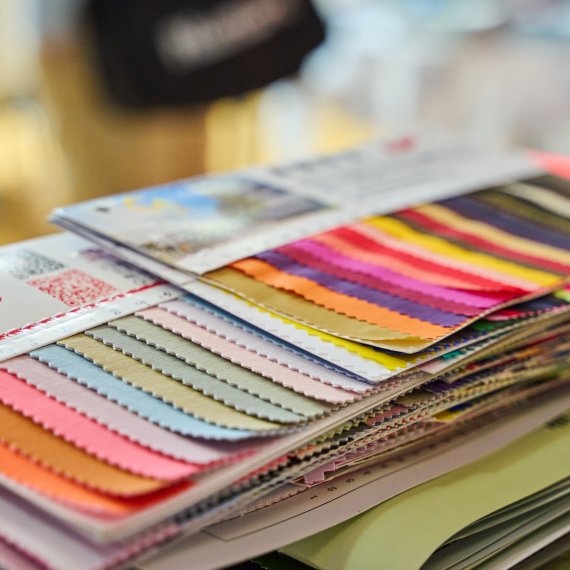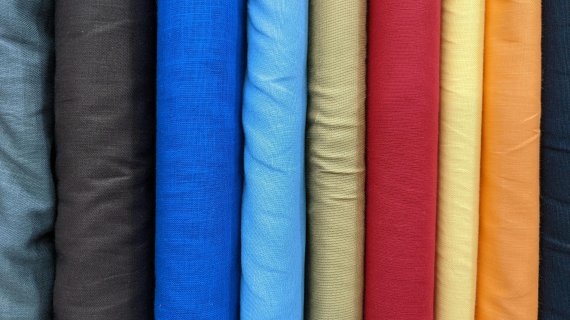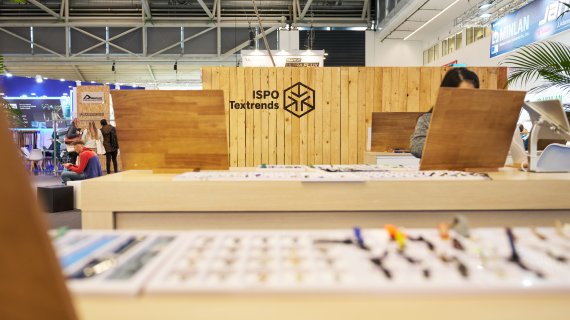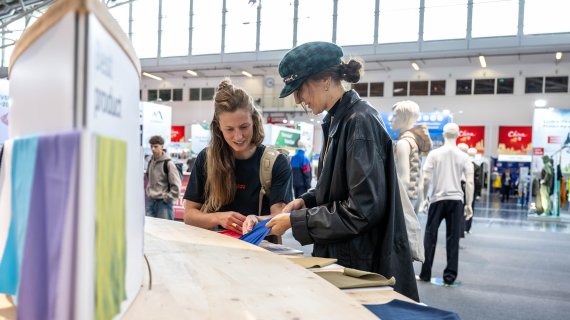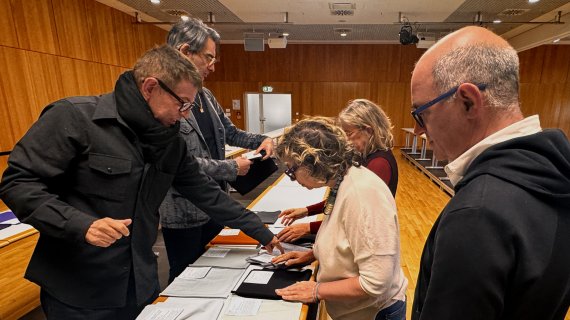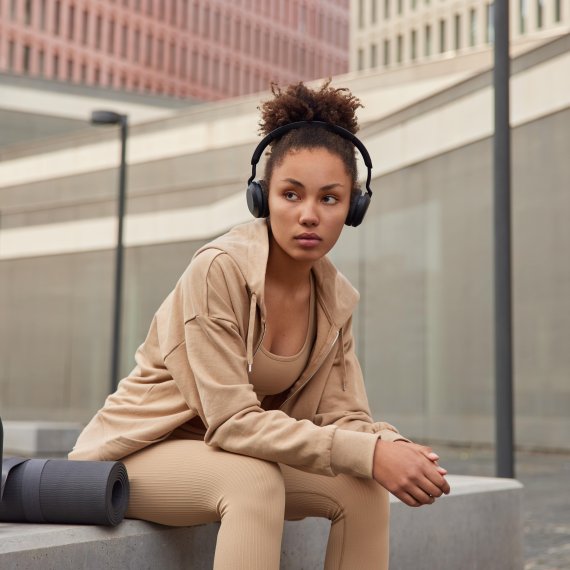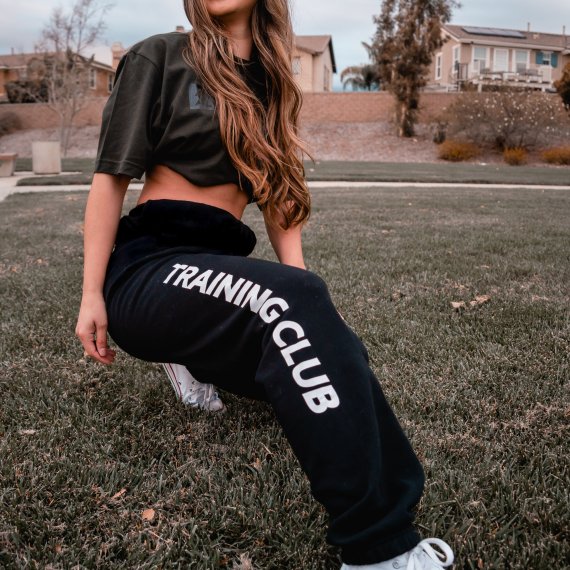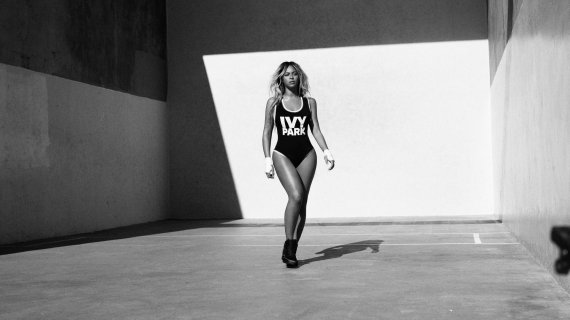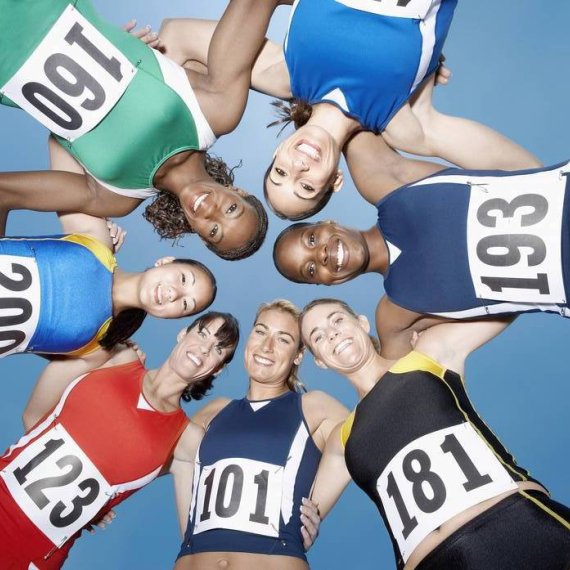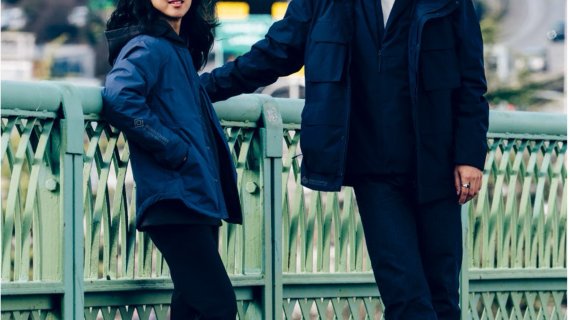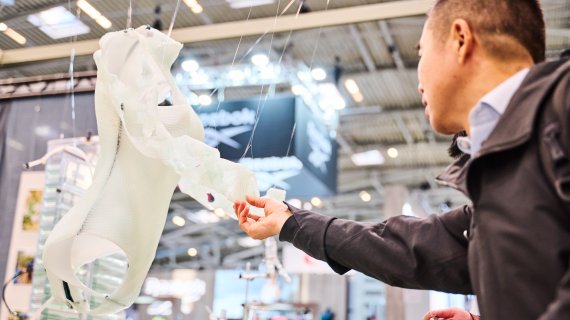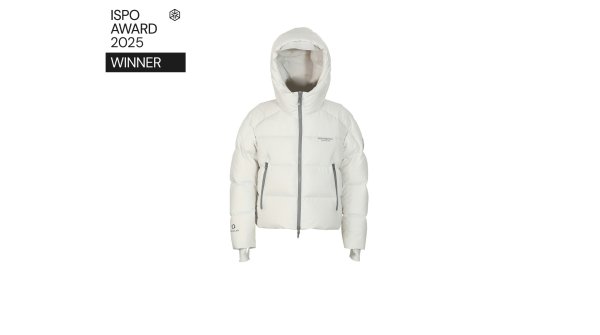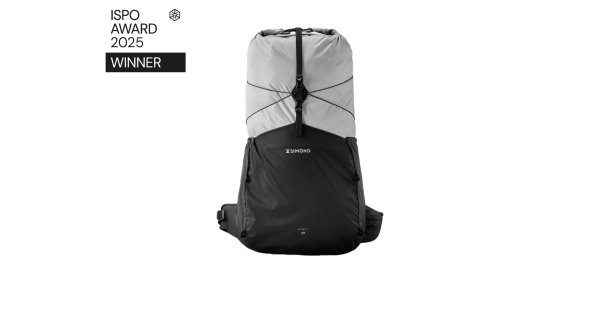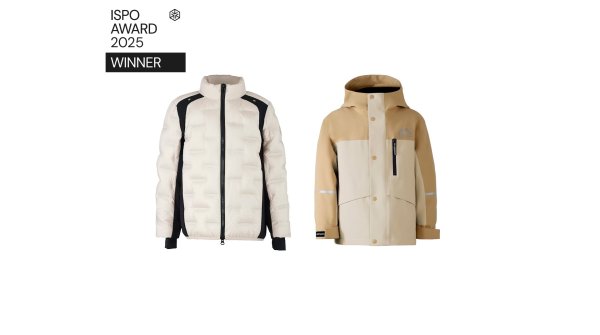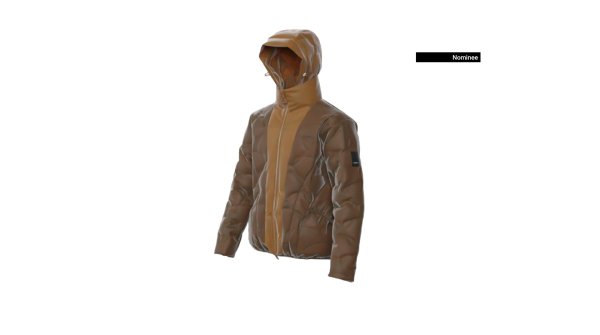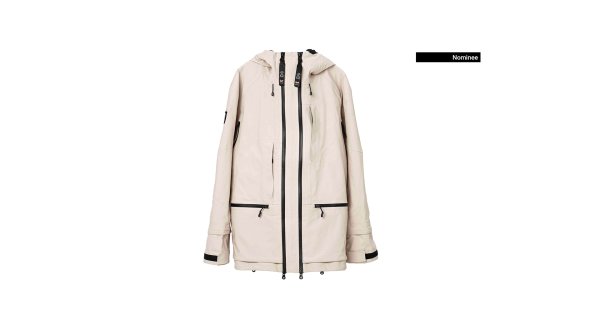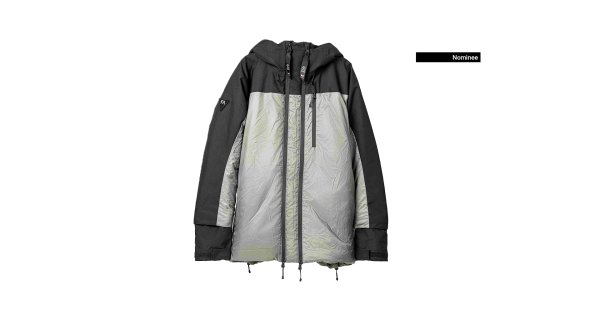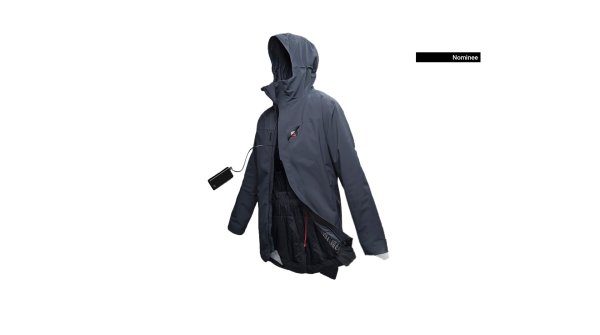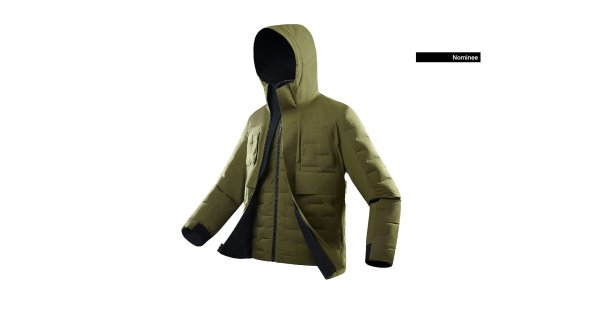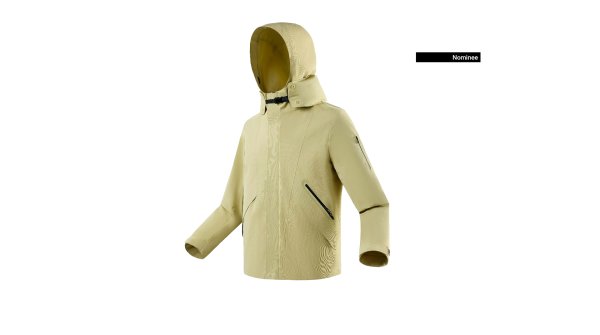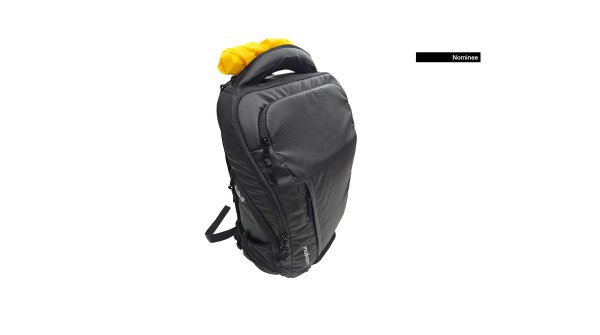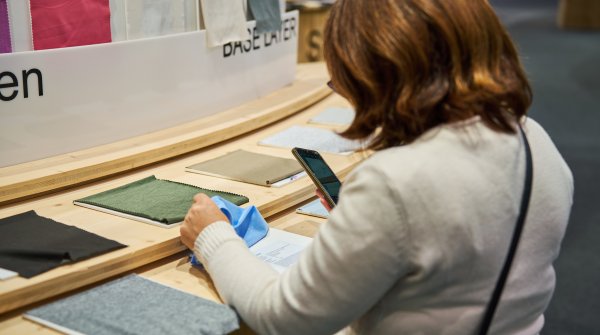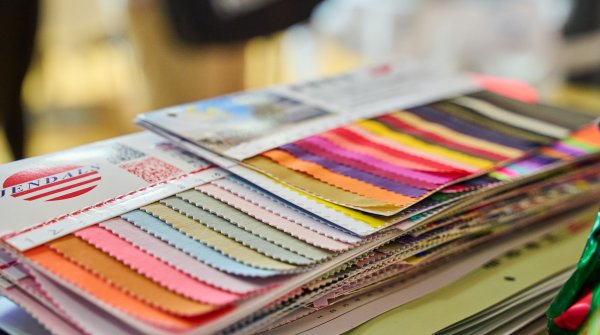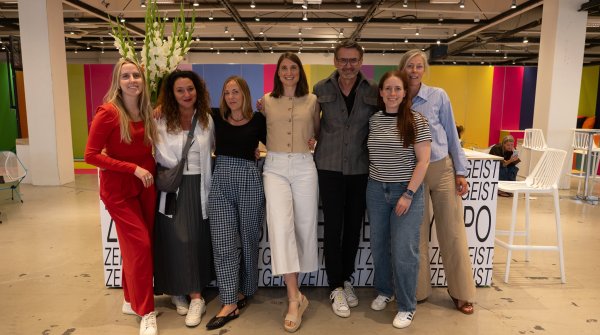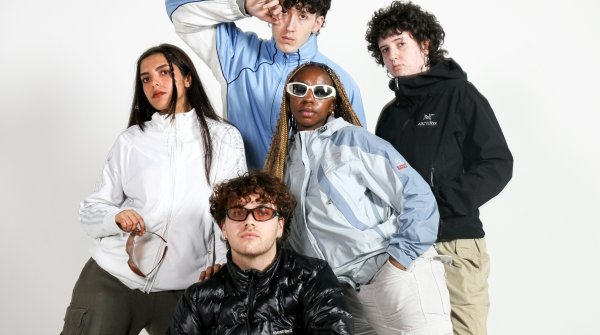Your Ultimate Resource for Sport Fashion
Step into the world where athletic performance meets style. Explore how innovative designs, advanced materials, and personal expression are revolutionizing sportswear. From runway-inspired activewear to the latest sustainable fabrics, discover how fashion is redefining the way we look and perform in sports.
Uncover how the fusion of fashion and sports creates new business opportunities and sets industry standards. Stay ahead with the latest innovations, market analyses, and strategic developments driving the evolution of sports fashion and reshaping the landscape for modern athletes and businesses alike.
Fashion in sports is the integration of style, aesthetics, and self-expression into athletic apparel and accessories, merging functionality with trendsetting designs. It encompasses sportswear that is both performance-oriented and visually appealing, suitable for athletic activities and everyday wear. Influences from the fashion industry shape colors, patterns, and styles, while sports technology innovations impact fabric choices and garment construction. This fusion allows athletes and enthusiasts to express their individuality and personal style, making sportswear a significant segment of the broader fashion industry.
The Textrends platform at ISPO is a premier showcase of game-changing innovations in textile and material technologies tailored for the sports industry. This dynamic platform features high-performance fabrics, advanced fibers, and revolutionary applications that set new benchmarks in performance, sustainability, and design. Dive into the world of avant-garde materials, from eco-friendly and recyclable textiles to high-tech fabrics engineered to enhance athletic performance. Textrends offers in-depth insights, expert analyses, and detailed case studies, making it an invaluable resource for industry professionals aiming to stay at the forefront of sports fashion trends. Explore how these state-of-the-art materials can propel your brand forward and establish new standards in the competitive sportswear market.
On the way to lunch, the gym or the next business meeting? You can no longer tell by your outfit, whether in person or on social media. Athleisure is a trend - stylish activewear such as running pants, hoodies and sneakers are socially acceptable in almost every situation and ubiquitous on social networks. For more than half a decade, the fitness and fashion industries have benefited equally from the rising growth rates of sports-inspired fashion, which has finally become a megatrend in the wake of the pandemic.
Adopting ethical practices not only fosters consumer trust and loyalty but also sets a standard for the industry, driving long-term success and positive brand reputation.
- Diversity and Inclusion: Top brands are revolutionizing sports fashion with inclusive marketing campaigns and product ranges that cater to all body types, cultures, and abilities. Embracing diversity fosters innovation and aligns with consumer expectations, significantly enhancing market position and loyalty.
- Fair Working Conditions: With consumer demand for transparency, around 60% of buyers are willing to pay a premium for brands that demonstrate fair labor practices. Companies are ensuring safe working environments and fair wages, thereby strengthening brand reputation and consumer trust.
- Sustainable Practices: Sustainability is a priority, with 50% of sportswear consumers focusing on eco-friendly products. Leading the charge, brands are incorporating recycled materials into their products to meet the growing demand for sustainable fashion.
- Transparency and Traceability: Consumers increasingly demand to know where and how their products are made. Implementing blockchain technology in supply chains enhances transparency and traceability, allowing consumers and businesses to verify the ethical sourcing and manufacturing processes.
- Animal Welfare: Ethical sports fashion also encompasses the humane treatment of animals. Brands are moving towards cruelty-free materials, avoiding animal-based products, and opting for alternatives like synthetic leathers and plant-based fibers.
- Community Engagement and Social Responsibility: Beyond environmental impact, sports fashion brands are investing in local communities, promoting education, and supporting social initiatives. This commitment not only enhances brand image but also contributes to societal well-being.
By focusing on these core areas, your brand can lead the sports fashion industry in ethical practices, innovation, and consumer trust. Explore how adopting these strategies can drive your business forward and set new industry standards.
Explore how sports businesses are pioneering eco-friendly practices. Discover how top brands use recycled materials, reduce carbon footprints, and engage with communities. Gain insights on sustainable innovations in sports equipment and energy-efficient manufacturing. We are committed to implementing sustainable practices and leading the way in responsible sports business as well as connecting groups just as eager to see change.
Our expert reviews focus on key aspects such as performance, durability, sustainability, and design, giving you a comprehensive understanding of each product's strengths and weaknesses. Whether you're looking for the newest running shoes, eco-friendly sports apparel, or innovative equipment, our reviews offer the insights you need to make informed purchasing decisions. Stay ahead in the world of sports fashion and gear with our detailed and reliable product assessments.
